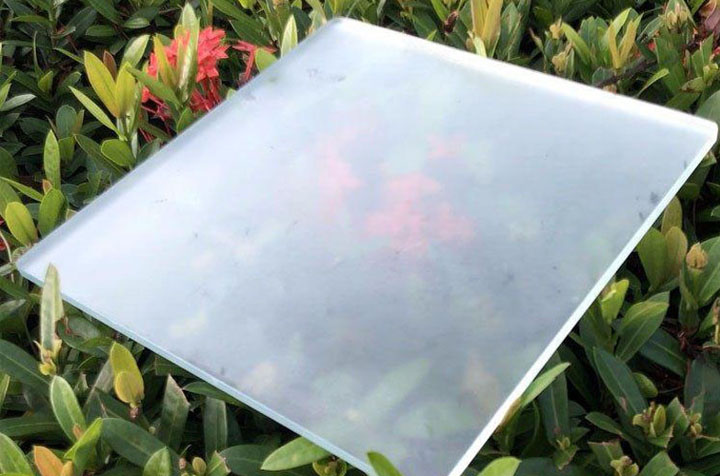Agosti . 30, 2024 01:49
Exploring Glass as a Pivotal Material in Contemporary Architectural Models
In the realm of architecture, materials not only define the aesthetic appeal of a structure but also its functionality, sustainability, and the experience it offers to its inhabitants. Among the plethora of construction materials available, glass has emerged as a transformative element in architectural models. Often lauded for its versatility, transparency, and reflective qualities, glass plays a vital role in shaping modern architecture and urban landscapes.
Exploring Glass as a Pivotal Material in Contemporary Architectural Models
The use of glass in architectural models also speaks to the increasing emphasis on sustainable design. As architects and builders strive to reduce their carbon footprint, the energy-efficient properties of glass have become paramount. Modern advancements have led to the development of high-performance glazing technologies that improve thermal insulation while maximizing daylight. This innovation enables buildings to maintain comfortable interior climates without excessive reliance on artificial lighting or heating, aligning with the principles of sustainable architecture.

In addition to its functional benefits, glass serves as a medium for artistic expression. Architects have begun to utilize glass in innovative ways, incorporating intricate patterns, colors, and textures into their designs. These artistic expressions not only captivate the eye but also establish a distinct identity for structures within urban environments. In architectural models, the strategic use of colored or patterned glass can define a building’s character, effectively communicating the architect’s vision to clients and stakeholders.
Furthermore, glass contributes to safety and security in architectural design. With the advent of tempered and laminated glass, architects can now incorporate large expanses of glazing that are not only aesthetically pleasing but also resistant to impacts. This development is crucial in high-rise buildings and public spaces, where safety concerns are paramount. Models that integrate these advanced glass technologies can provide a clearer representation of how safety is prioritized within architectural designs.
The challenges associated with using glass in architecture are equally noteworthy. Issues such as glare, heat gain, and potential damage from severe weather conditions present obstacles that architects must navigate. However, these challenges have spurred innovation in design and engineering, leading to the creation of solutions like shading devices and smart glass technologies that can adapt to environmental conditions. By incorporating these considerations into architectural models, designers can effectively communicate their problem-solving strategies and the thought processes behind their designs.
In conclusion, glass has established itself as a pivotal material in contemporary architecture, transforming how spaces are conceived and experienced. Its ability to merge aesthetics with functionality allows for a harmonious blend of beauty and practicality. As architects continue to push the boundaries of design, the use of glass in architectural models will undoubtedly evolve, showcasing the endless possibilities this remarkable material offers. Whether used to create expansive views, enhance energy efficiency, or serve as an artistic medium, glass remains essential in shaping the architectural landscape of the future.
The Role of Mirror Glass in Luxury Interior Design
NewsJun.23,2025
The Best Textured Glass for Bathroom Windows
NewsJun.23,2025
Residential Glazing Energy Efficiency Requirements
NewsJun.23,2025
Float Glass Uses
NewsJun.23,2025
Clear Float Glass For Solar Panel Covers
NewsJun.23,2025
Benefits Of Using A Glass Mouse Pad Over Traditional Ones
NewsJun.23,2025